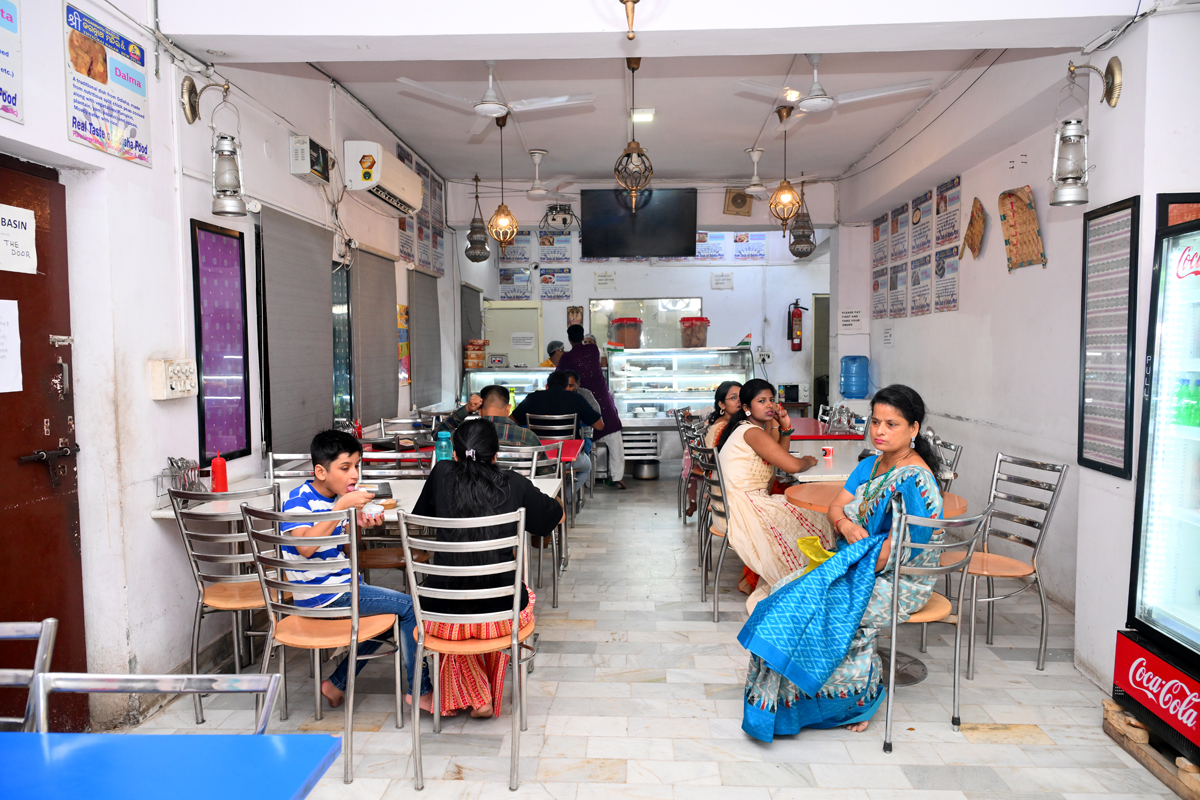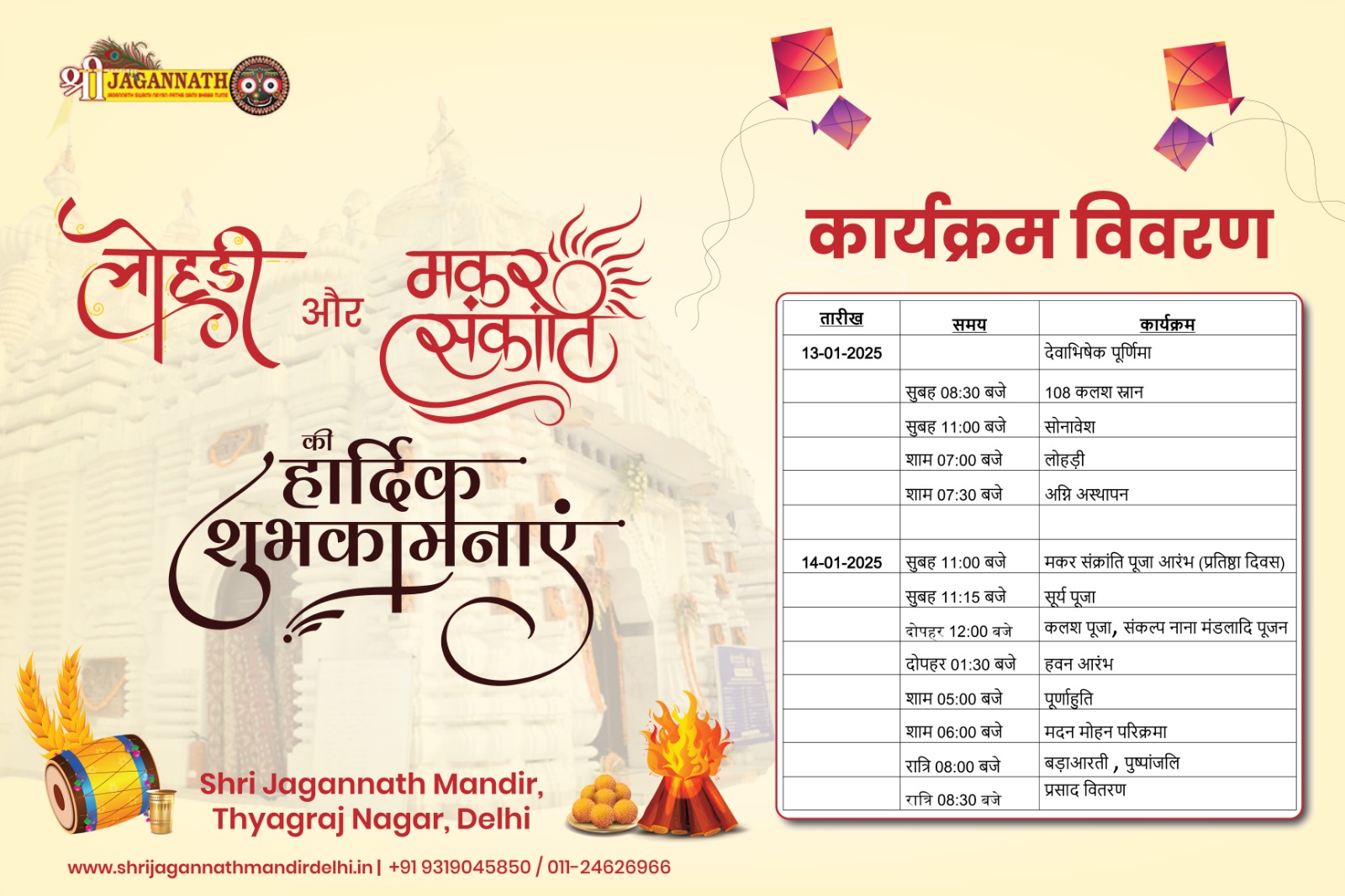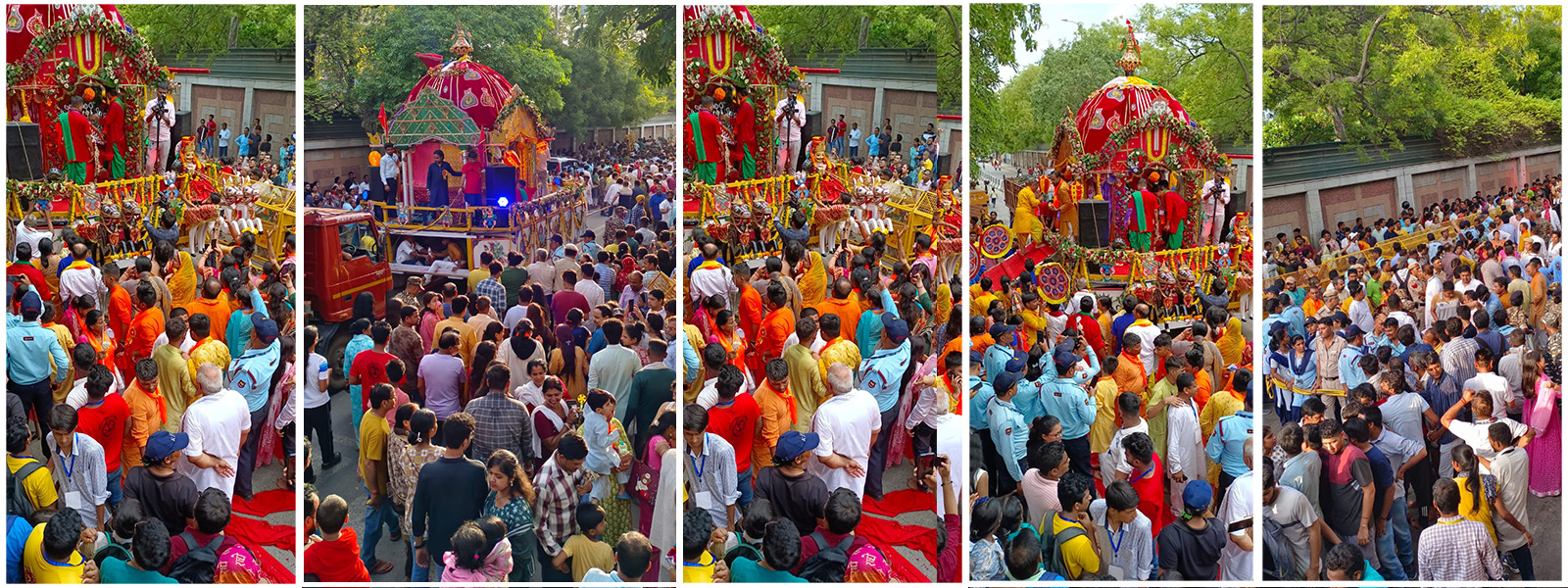March 9, 2025 12:00 am
Fagudasami Celebrations at Shri Jagannath Mandir, Thyagraj Nagar, Delhi
Fagudasami, also known as Phalgun Shukla Dashami, is a vibrant and joyful festival that marks the arrival of spring and is celebrated with great enthusiasm at Shri Jagannath Mandir in Thyagraj Nagar, Delhi. This festival falls on the tenth day of the Shukla Paksha (waxing phase of the moon) in the month of Phalguna, coinciding with the festive spirit of Holi.
Significance of Fagudasami:
Fagudasami is associated with the joyous celebration of colors and the triumph of good over evil. It marks the beginning of the Holi festival and is dedicated to Lord Krishna, who is known for his playful and mischievous nature. The festival symbolizes the end of winter and the arrival of spring, bringing with it a sense of renewal, hope, and happiness.
Preparations and Decorations:
The preparations for Fagudasami at Shri Jagannath Mandir begin days in advance. The temple is adorned with colorful flowers, lights, and festive decorations. Rangoli designs in vibrant hues are created at the entrance and within the temple premises, adding to the celebratory ambiance.
Rituals and Ceremonies:
Morning Puja: The day starts with a special morning puja dedicated to Lord Jagannath, Lord Krishna, and Radha. The deities are beautifully decorated with colorful clothes and jewelry, reflecting the festive spirit of Holi. Devotees offer flowers, fruits, sweets, and gulal (colored powder) to the deities while chanting bhajans (devotional songs) and mantras.
Abhisheka: A significant ritual of Fagudasami is the abhisheka (ritualistic bathing) of the deities with a mixture of water, milk, honey, and fragrant oils. This is followed by the offering of a variety of sweets and delicacies to the deities, symbolizing the abundance and joy of the spring season.
Celebration with Colors:
Fagudasami is marked by the playful throwing of colors among the devotees. After the morning rituals, the temple courtyard becomes a hub of vibrant activity as devotees smear each other with gulal and colored powders. This joyous celebration of colors symbolizes the breaking down of social barriers and the promotion of unity and equality.
Bhajans and Kirtans:
Throughout the day, the temple resonates with the sounds of bhajans and kirtans dedicated to Lord Krishna and Radha. Devotees sing and dance to the tunes of traditional and folk songs, celebrating the divine love and playful nature of Krishna. The rhythmic beats of drums and cymbals add to the festive atmosphere, creating a sense of collective joy and devotion.
Conclusion:
Fagudasami at Shri Jagannath Mandir in Thyagraj Nagar, Delhi, is a vibrant and joyous celebration that ushers in the spring season with devotion, colors, and communal harmony. The festival brings together devotees in a spirit of love, unity, and joy, reflecting the timeless values of Hindu culture and spirituality. Through the playful throwing of colors, devotional singing, and communal sharing of prasad, devotees experience a sense of renewal and spiritual rejuvenation, celebrating the divine essence of life and the beauty of the spring season.















